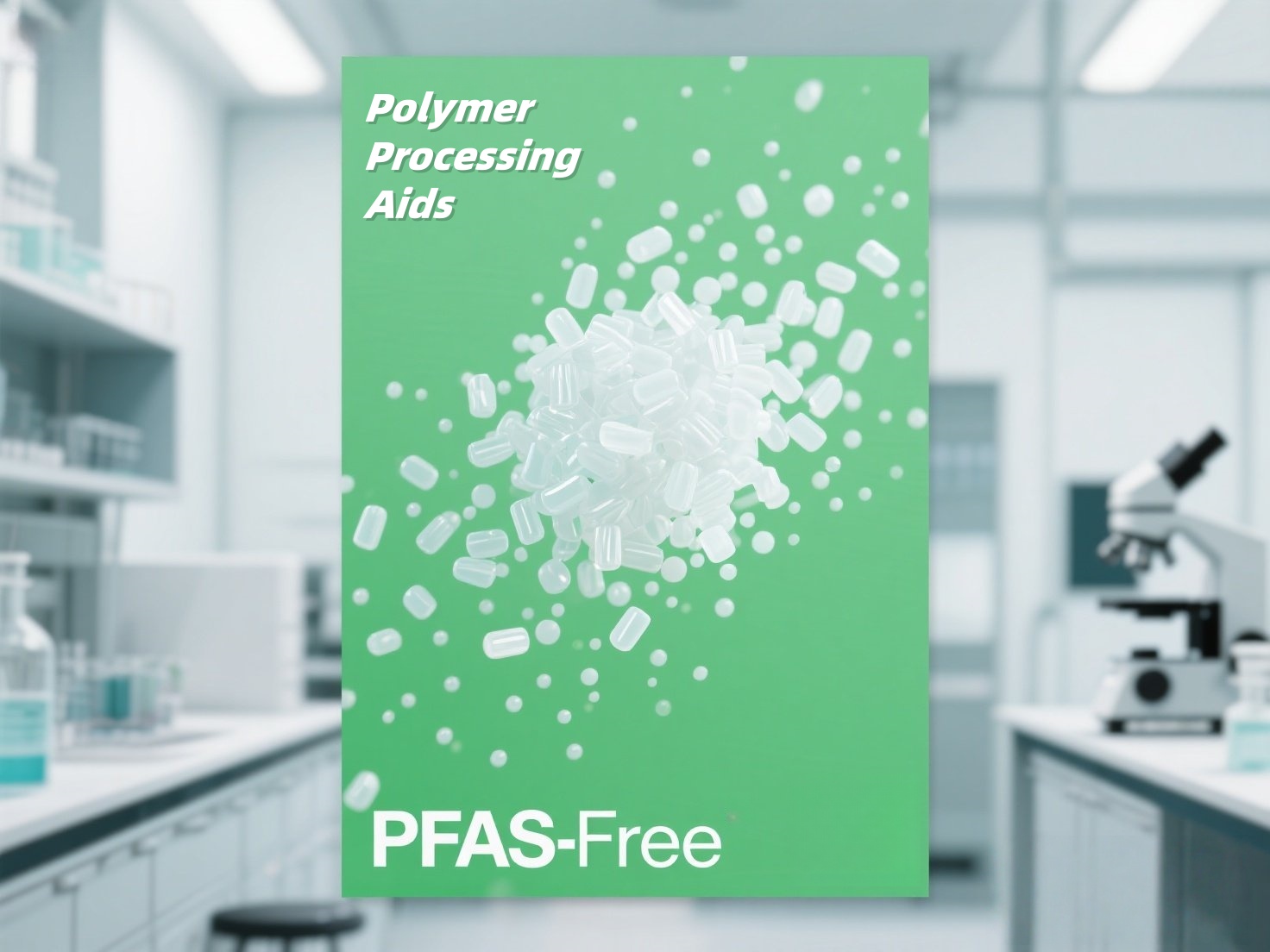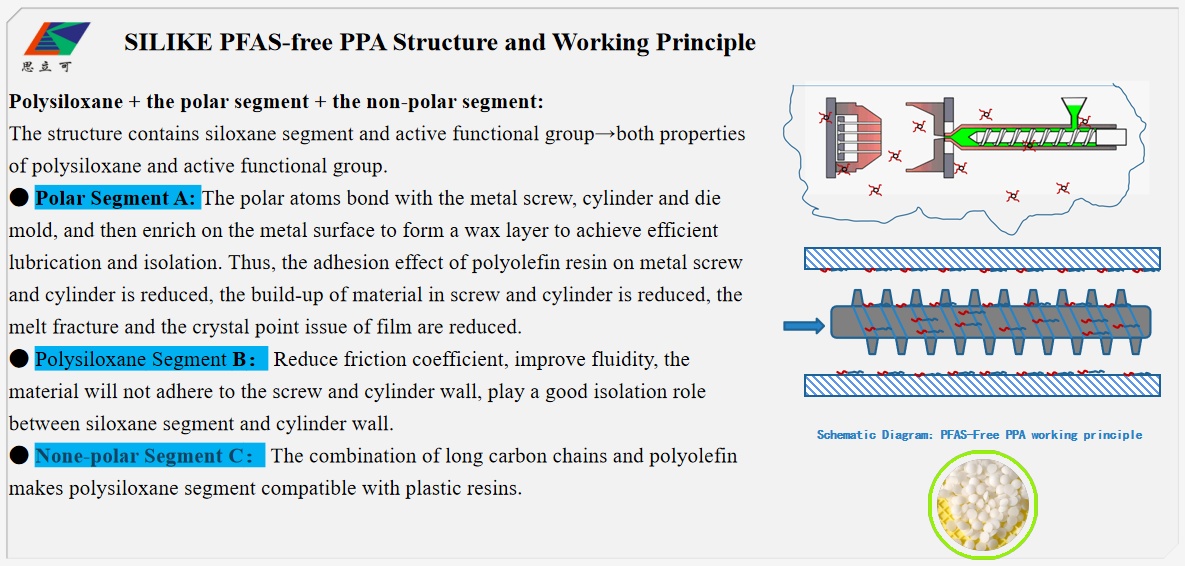Introduction to Polyolefins and Film Extrusion
Polyolefins, a class of macromolecular materials synthesized from olefin monomers such as ethylene and propylene, are the most widely produced and utilized plastics globally. Their prevalence stems from an exceptional combination of properties, including low cost, excellent processability, outstanding chemical stability, and tailorable physical characteristics. Among the diverse applications of polyolefins, film products hold a paramount position, serving critical functions in food packaging, agricultural coverings, industrial packaging, medical and hygiene products, and everyday consumer goods. The most common polyolefin resins employed for film production include polyethylene (PE) – encompassing Linear Low-Density Polyethylene (LLDPE), Low-Density Polyethylene (LDPE), and High-Density Polyethylene (HDPE) – and polypropylene (PP).
The manufacturing of polyolefin films primarily relies on extrusion technology, with Blown Film Extrusion and Cast Film Extrusion being the two core processes.
1. Blown Film Extrusion Process
Blown film extrusion is one of the most prevalent methods for producing polyolefin films. The fundamental principle involves extruding a molten polymer vertically upwards through an annular die, forming a thin-walled tubular parison. Subsequently, compressed air is introduced into the interior of this parison, causing it to inflate into a bubble with a diameter significantly larger than that of the die. As the bubble ascends, it is forcibly cooled and solidified by an external air ring. The cooled bubble is then collapsed by a set of nip rollers (often via a collapsing frame or A-frame) and subsequently drawn by traction rollers before being wound onto a roll. The blown film process typically yields films with biaxial orientation, meaning they exhibit a good balance of mechanical properties in both the machine direction (MD) and the transverse direction (TD), such as tensile strength, tear resistance, and impact strength. Film thickness and mechanical properties can be controlled by adjusting the blow-up ratio (BUR – ratio of bubble diameter to die diameter) and the draw-down ratio (DDR – ratio of take-up speed to extrusion speed).
2. Cast Film Extrusion Process
Cast film extrusion is another vital production process for polyolefin films, particularly suited for manufacturing films that demand superior optical properties (e.g., high clarity, high gloss) and excellent thickness uniformity. In this process, the molten polymer is extruded horizontally through a flat, slot-type T-die, forming a uniform molten web. This web is then rapidly drawn onto the surface of one or more high-speed, internally cooled chill rolls. The melt solidifies quickly upon contact with the cold roll surface. Cast films generally possess excellent optical properties, a soft feel, and good heat-sealability. Precise control over the die lip gap, chill roll temperature, and rotational speed allows for accurate regulation of film thickness and surface quality.
Top 6 Polyolefin Film Extrusion Challenges
Despite the maturity of extrusion technology, manufacturers frequently encounter a series of processing difficulties in the practical production of polyolefin films, especially when striving for high output, efficiency, thinner gauges, and when utilizing new high-performance resins. These issues not only affect production stability but also directly impact final product quality and cost. Key challenges include:
1. Melt Fracture (Sharkskin): This is one of the most common defects in polyolefin film extrusion. Macroscopically, it manifests as periodic transverse ripples or an irregularly rough surface on the film, or in severe cases, more pronounced distortions. Melt fracture primarily occurs when the shear rate of the polymer melt exiting the die exceeds a critical value, leading to stick-slip oscillations between the die wall and the bulk melt, or when the extensional stress at the die exit surpasses the melt strength. This defect severely compromises the film’s optical properties (clarity, gloss), surface smoothness, and can also degrade its mechanical and barrier properties.
2. Die Drool / Die Build-up: This refers to the gradual accumulation of polymer degradation products, low molecular weight fractions, poorly dispersed additives (e.g., pigments, antistatic agents, slip agents), or gels from the resin at the die lip edges or within the die cavity. These deposits can detach during production, contaminating the film surface and causing defects such as gels, streaks, or scratches, thereby affecting product appearance and quality. In severe cases, die build-up can block the die exit, leading to gauge variations, film tearing, and ultimately forcing production line shutdowns for die cleaning, resulting in significant losses in production efficiency and raw material wastage.
3. High Extrusion Pressure and Fluctuation: Under certain conditions, particularly when processing high-viscosity resins or using smaller die gaps, the pressure within the extrusion system (especially at the extruder head and die) can become excessively high. High pressure not only increases energy consumption but also poses a risk to equipment longevity (e.g., screw, barrel, die) and safety. Furthermore, unstable fluctuations in extrusion pressure directly cause variations in melt output, leading to non-uniform film thickness.
4. Limited Throughput: To prevent or mitigate issues like melt fracture and die build-up, manufacturers are often compelled to reduce the extruder screw speed, thereby limiting the production line’s output. This directly impacts production efficiency and the manufacturing cost per unit of product, making it difficult to meet market demands for large-scale, low-cost films.
5. Difficulty in Gauge Control: Instability in melt flow, non-uniform temperature distribution across the die, and die build-up can all contribute to variations in film thickness, both transversely and longitudinally. This affects the film’s subsequent processing performance and end-use characteristics.
6. Difficult Resin Changeover: When switching between different types or grades of polyolefin resins, or when changing color masterbatches, residual material from the previous run is often difficult to purge completely from the extruder and die. This leads to co-mingling of old and new materials, generating transition material, prolonging changeover times, and increasing scrap rates.
These common processing challenges constrain the efforts of polyolefin film manufacturers to enhance product quality and production efficiency, and also pose barriers to the adoption of new materials and advanced processing techniques. Therefore, seeking effective solutions to overcome these challenges is crucial for the sustained and healthy development of the entire polyolefin film extrusion industry.
Solutions for Polyolefin Film Extrusion Process: Polymer Processing Aids (PPAs)
Polymer Processing Aids (PPAs) are functional additives whose core value lies in improving the rheological behavior of polymer melts during extrusion and modifying their interaction with equipment surfaces, thereby overcoming a range of processing difficulties and enhancing production efficiency and product quality.
1. Fluoropolymer-based PPAs
Chemical Structure and Characteristics: These are currently the most widely used, technologically mature, and demonstrably effective class of PPAs. They are typically homopolymers or copolymers based on fluoroolefin monomers such as vinylidene fluoride (VDF), hexafluoropropylene (HFP), and tetrafluoroethylene (TFE), with fluoroelastomers being the most representative. The molecular chains of these PPAs are rich in high-bond-energy, low-polarity C-F bonds, which impart unique physicochemical properties: extremely low surface energy (akin to polytetrafluoroethylene/Teflon®), excellent thermal stability, and chemical inertness. Critically, fluoropolymer PPAs generally exhibit poor compatibility with non-polar polyolefin matrices (like PE, PP). This incompatibility is a key prerequisite for their effective migration to the metal surfaces of the die, where they form a dynamic lubricating coating.
Representative Products: Leading brands in the global market for fluoropolymer PPAs include Chemours’ Viton™ FreeFlow™ series and 3M’s Dynamar™ series, which command a significant market share. Additionally, certain fluoropolymer grades from Arkema (Kynar® series) and Solvay (Tecnoflon®) are also used as, or are key components in, PPA formulations.
2. Silicone-based Processing Aids (PPAs)
Chemical Structure and Characteristics: The primary active components in this class of PPAs are polysiloxanes, commonly referred to as silicones. The polysiloxane backbone consists of alternating silicon and oxygen atoms (-Si-O-), with organic groups (typically methyl) attached to the silicon atoms. This unique molecular structure endows silicone materials with very low surface tension, excellent thermal stability, good flexibility, and non-adhesive properties towards many substances. Similar to fluoropolymer PPAs, silicone-based PPAs function by migrating to the metal surfaces of the processing equipment to form a lubricating layer.
Application Features: Although fluoropolymer PPAs dominate the polyolefin film extrusion sector, silicone-based PPAs may exhibit unique advantages or create synergistic effects when used in specific application scenarios or in conjunction with particular resin systems. For instance, they might be considered for applications requiring extremely low coefficients of friction or where specific surface characteristics are desired for the final product.
Facing Fluoropolymer Bans or PTFE Supply Challenges?
Solve Polyolefin Film Extrusion Challenges with PFAS-Free PPA Solutions -SILIKE’s Fluorine Free Polymer additives
SILIKE takes a proactive approach with its SILIMER series products, offering innovative PFAS-free polymer processing aids (PPAs). This comprehensive product line features 100% pure PFAS-free PPAs, fluorine-free PPA Polymer additives , and PFAS-free & fluorine-free PPA masterbatches.By eliminating the need for fluorine additives, these processing aids significantly enhance the manufacturing process for LLDPE, LDPE, HDPE, mLLDPE, PP, and various polyolefin film extrusion processes. They align with the latest environmental regulations while also boosting production efficiency, minimizing downtime, and improving overall product quality. SILIKE’s PFAS-free PPAs bring benefits to the final product, including the elimination of melt fracture (sharkskin), enhanced smoothness, and superior surface quality.
If you are struggling with the impact of fluoropolymer bans or shortages of PTFE in your polymer extrusion processes, SILIKE offers alternatives to fluoropolymer PPAs/PTFE, PFAS-free additives for film manufacturing that are tailored to meet your needs, with no process changes required.
Post time: May-15-2025







